Professions That No Longer Exist
Let’s take a whimsical journey back in time to explore some of the fascinating jobs that no longer exist in today’s world. These roles were once essential for the smooth functioning of society, yet they now seem like relics from a bygone era. From lighting street lamps to delivering fresh milk, these occupations remind us how much technology has transformed our daily lives. Join us as we uncover the stories of those who played these unique roles in history.
Lamplighter
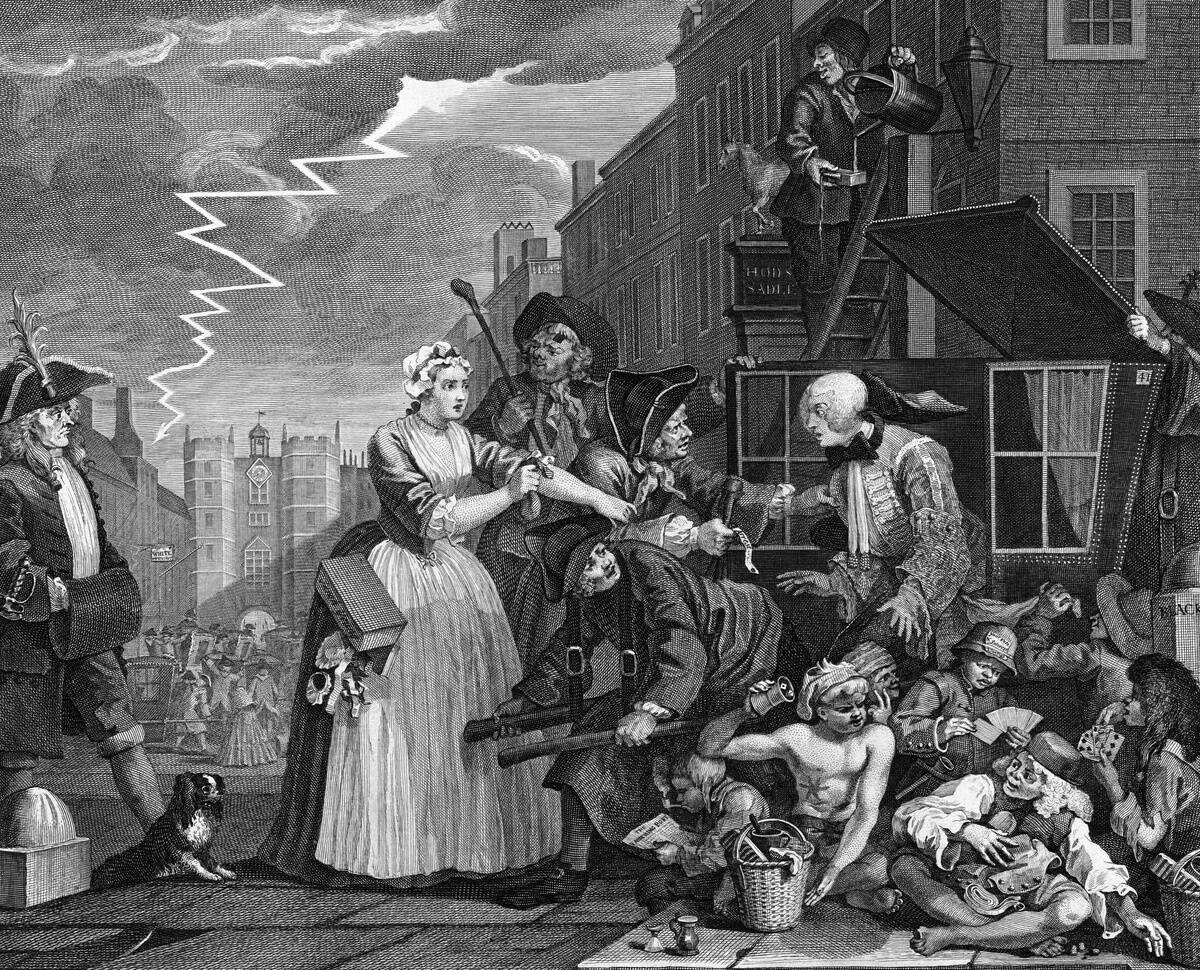
Before the advent of electricity, lamplighters were responsible for keeping the streets lit at night. Armed with a long pole, they went from lamp to lamp, lighting each one manually. In the 19th century, cities like London had thousands of gas lamps, and lamplighters were a common sight. Their work was crucial for safety and allowed people to navigate the streets after dark. With the introduction of electric streetlights, the profession gradually faded away.
Ice Cutter
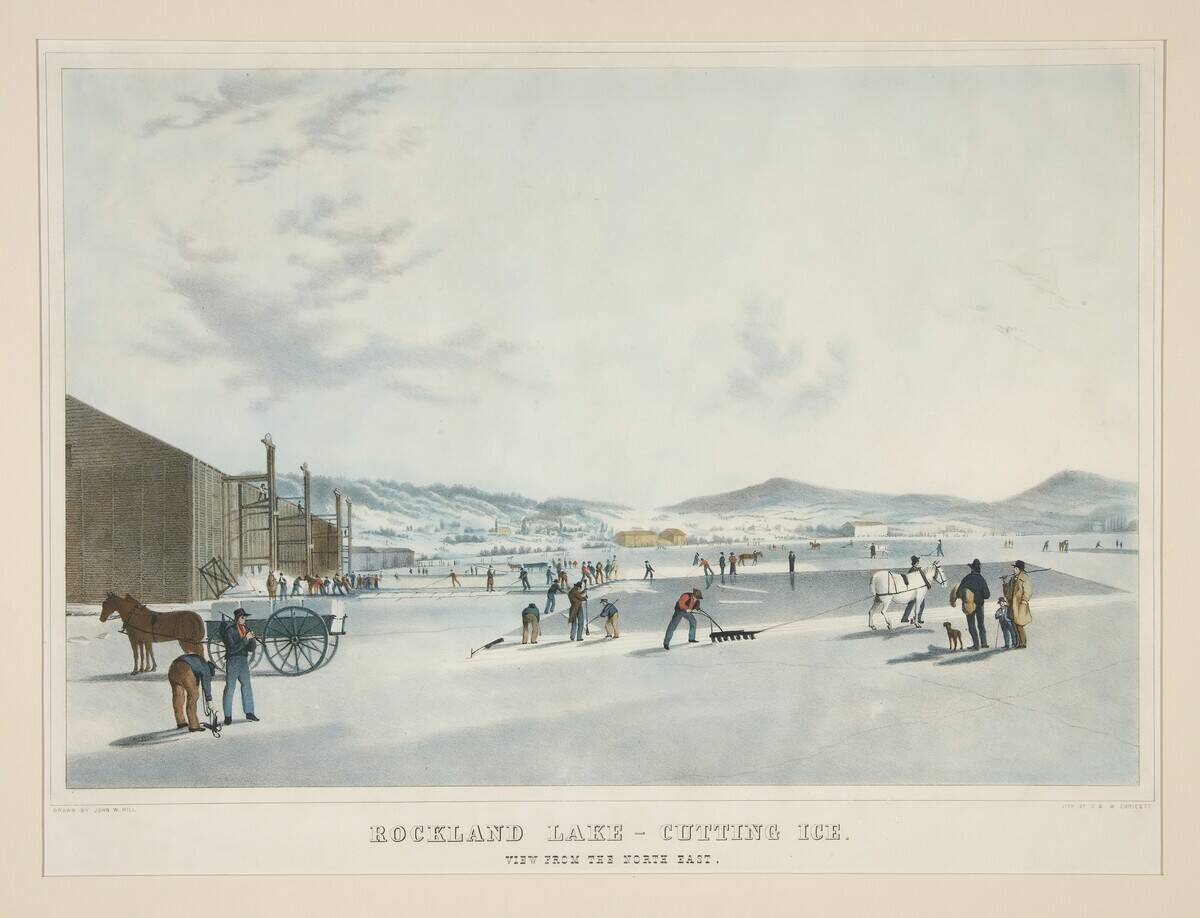
Before the invention of refrigerators, ice cutters harvested ice from lakes and rivers during winter months. This ice was stored in ice houses and used to preserve food throughout the year. Ice cutting was a physically demanding job, often performed in freezing conditions. The industry thrived in the 19th and early 20th centuries until mechanical refrigeration became widespread. Today, the legacy of ice cutters lives on in the form of ice festivals and competitions.
Milkman
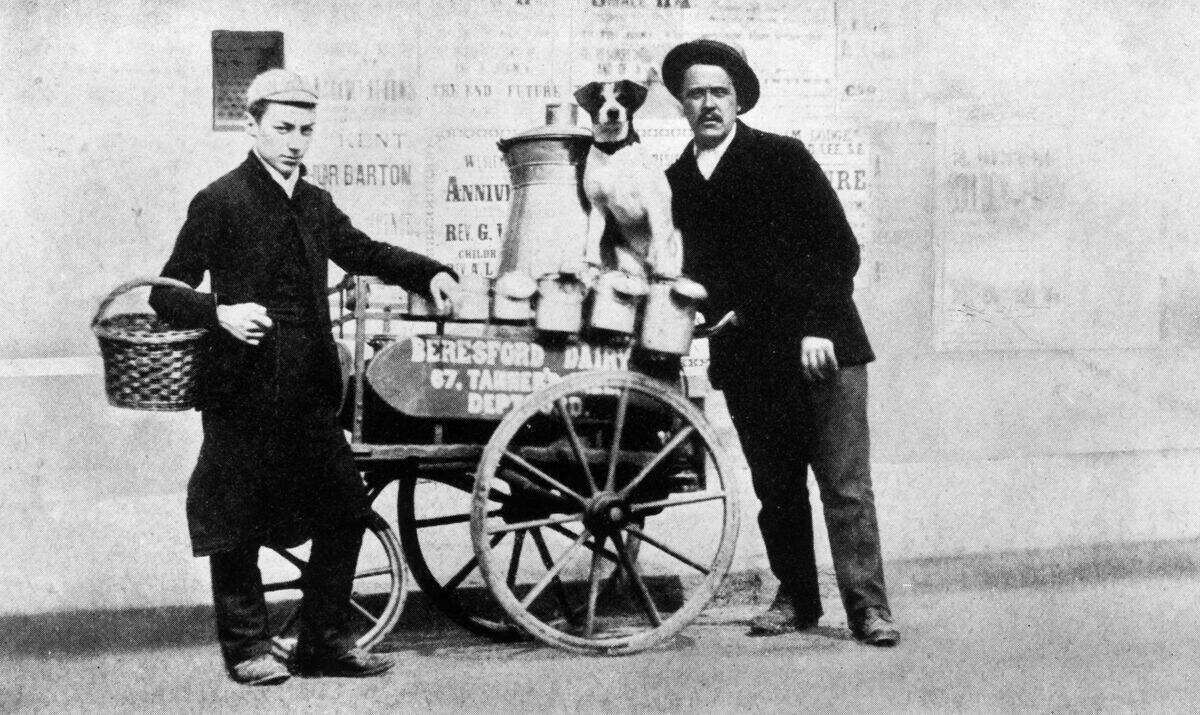
The milkman was a familiar figure in neighborhoods, delivering fresh milk to doorsteps each morning. Using horse-drawn carts or bicycles, they ensured families received their daily dairy supply. Glass bottles were commonly used, and customers left empty ones out for collection. This service was essential before refrigeration became common in homes. While a few still exist in niche markets, the role of the milkman largely disappeared with the rise of supermarkets and home refrigerators.
Knocker-Up
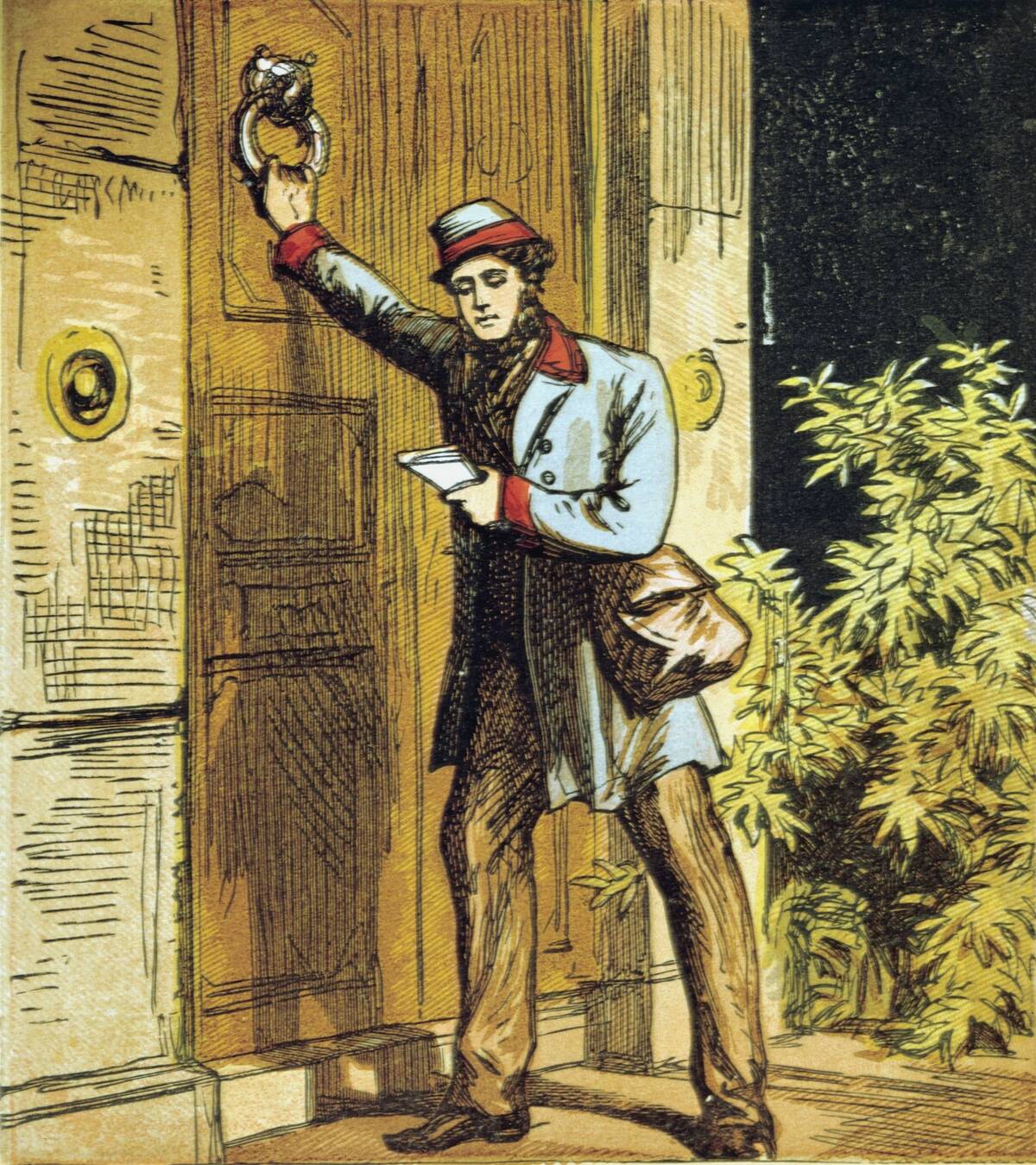
In the days before alarm clocks, knocker-ups were employed to wake people for work. Armed with long sticks or pebbles, they tapped on bedroom windows until the occupant awoke. This service was particularly popular in industrial cities in Britain during the 19th and early 20th centuries. Despite the simplicity of the job, knocker-ups played a crucial role in ensuring punctuality. The rise of affordable alarm clocks in the 1920s led to the decline of this charming occupation.
Rat Catcher
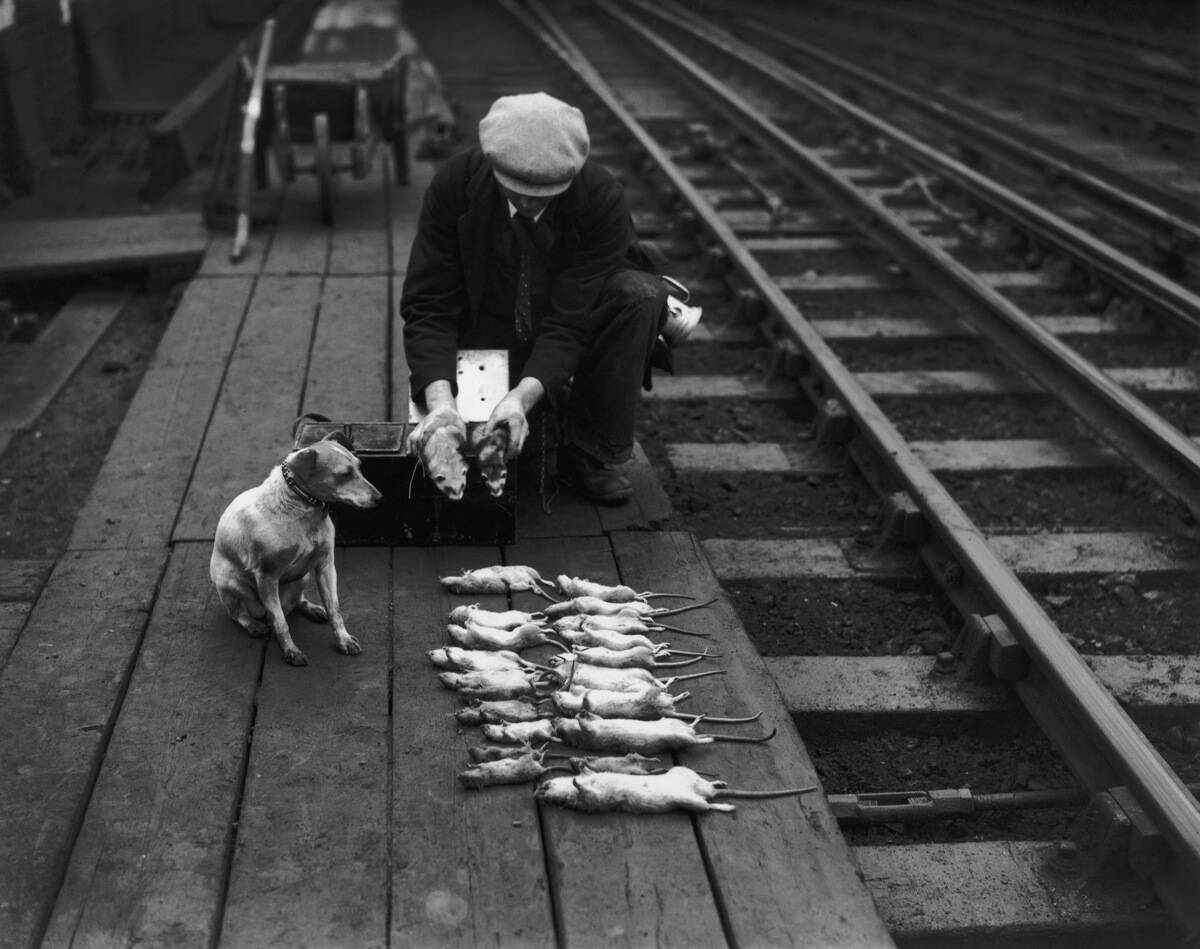
Before modern pest control methods, rat catchers were tasked with controlling rodent populations. Armed with traps and terriers, they ventured into sewers and alleys to catch rats. This was a vital job, especially in urban areas, where rats spread disease. Some rat catchers even kept the rodents as pets or for breeding purposes. As poisons and more advanced pest control techniques were developed, the demand for rat catchers dwindled, but their legacy remains in folklore and stories.
Leech Collector
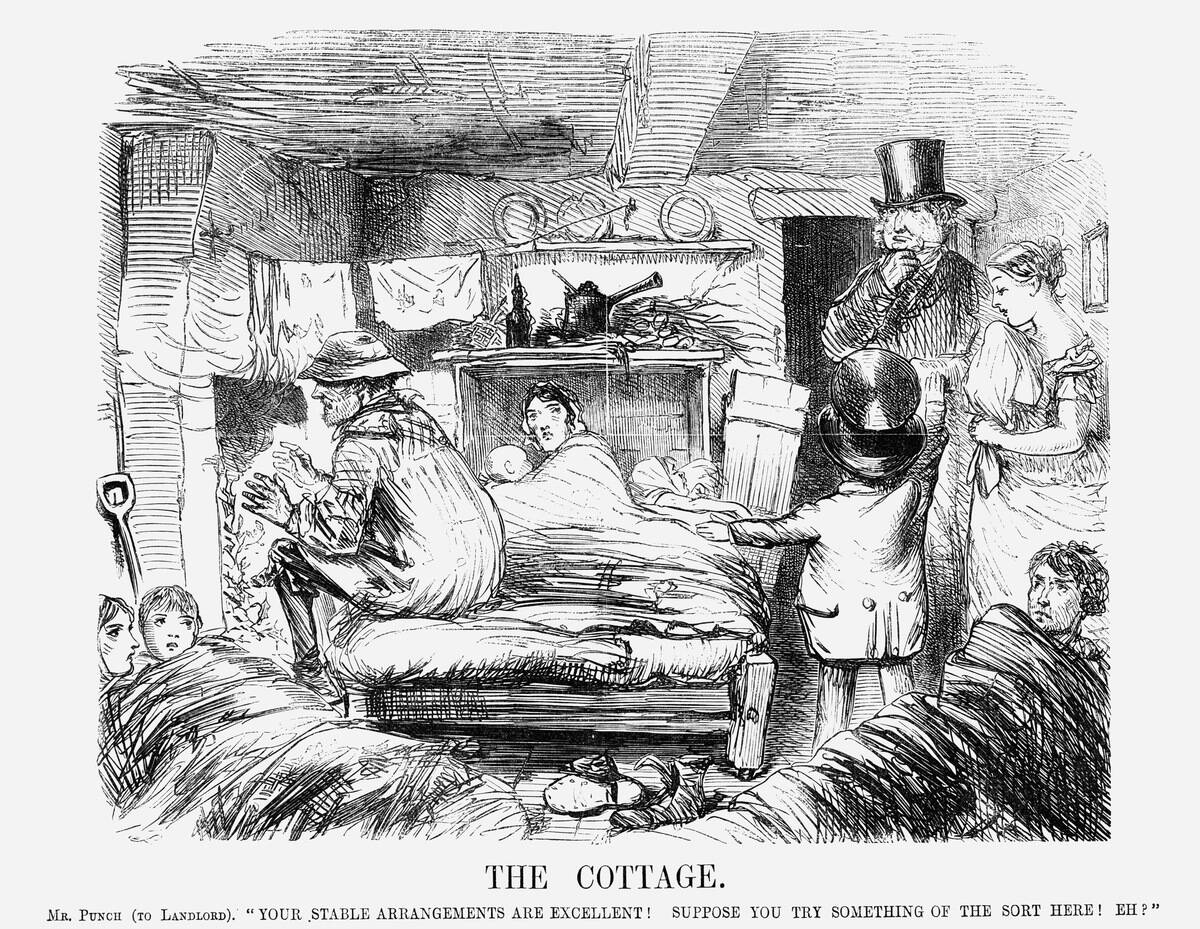
Leech collectors provided leeches for medical use, as bloodletting was a common treatment for various ailments. They waded into marshes and ponds to collect these bloodsuckers, often enduring bites in the process. In the 19th century, the demand for leeches was so high that some populations nearly became extinct. While leeches are still used in modern medicine, particularly in reconstructive surgery, the practice of collecting them by hand has largely been replaced by laboratory breeding.
Lector
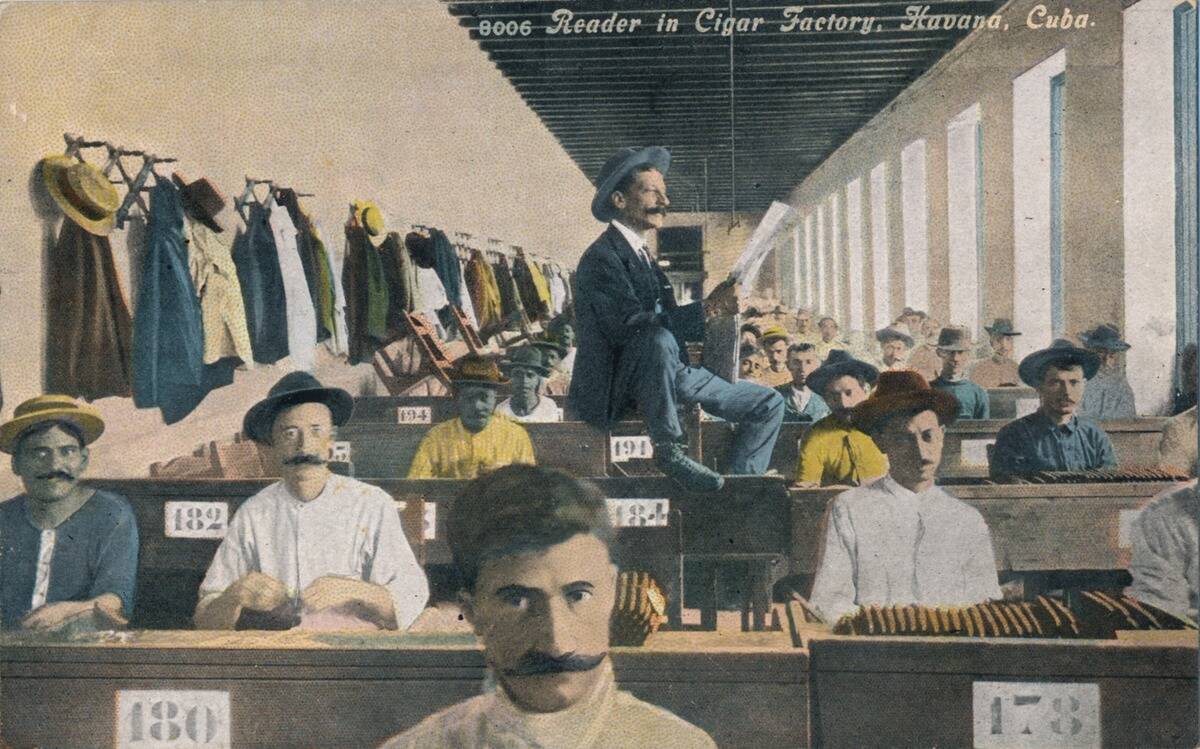
Lectors were employed in cigar factories to read aloud to workers, keeping them entertained and informed. This practice was especially popular in Cuba and the United States in the late 19th and early 20th centuries. Lectors read newspapers, literature, and political texts, providing education and distraction from the monotonous work. As radios and other forms of entertainment became more accessible, the role of the lector declined. Today, it remains a cherished tradition in some places, celebrating the power of storytelling.
Town Crier
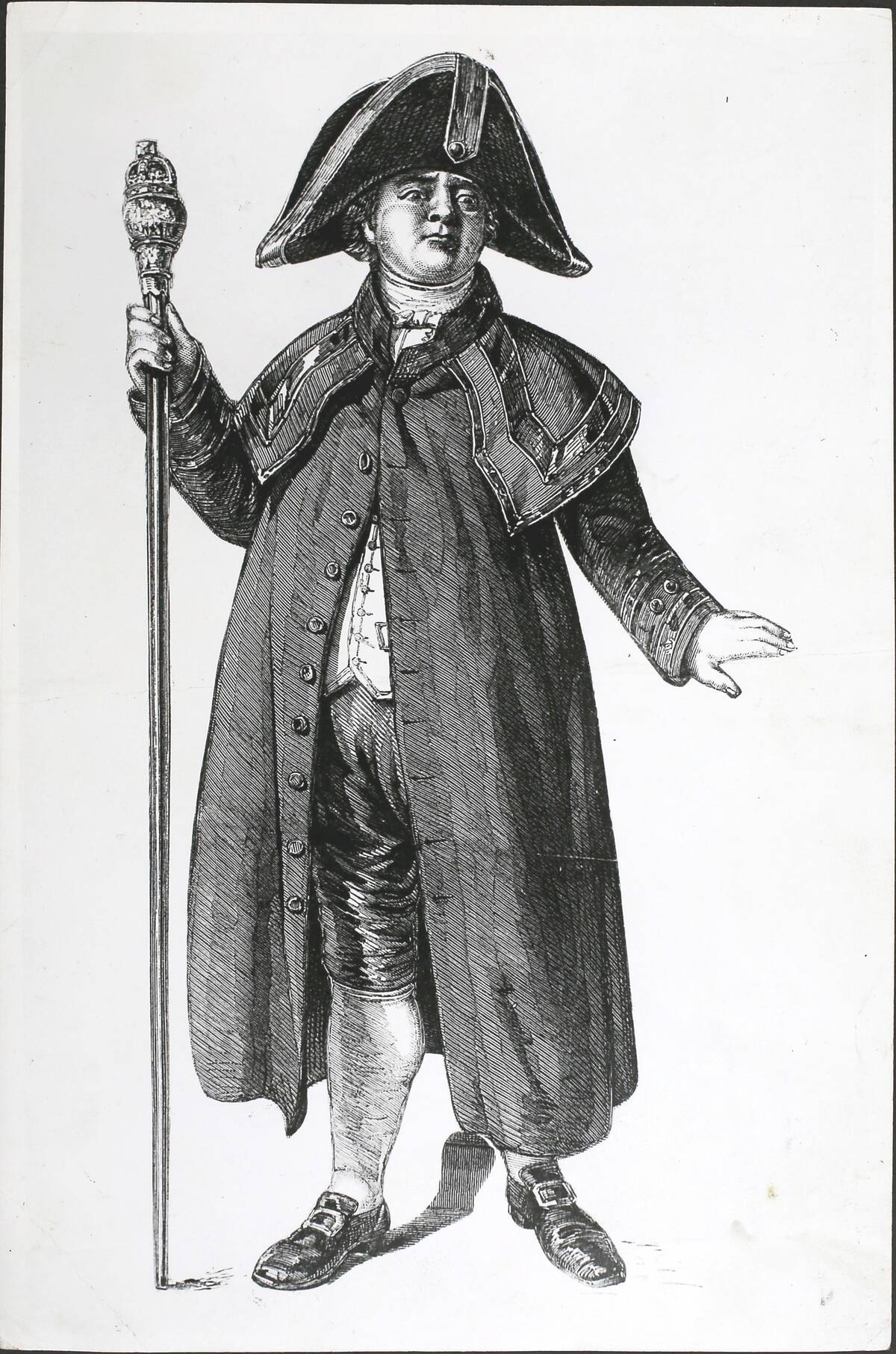
Town criers were the original broadcasters, delivering news and announcements to townsfolk. Dressed in elaborate costumes, they rang bells to gather attention before proclaiming the latest news. This role was crucial in the days before newspapers and electronic communication. Town criers were respected figures, often employed by local authorities to ensure important information reached everyone. Though no longer necessary in modern society, town criers still make appearances at ceremonial events, adding a touch of history to the proceedings.
Pinsetter
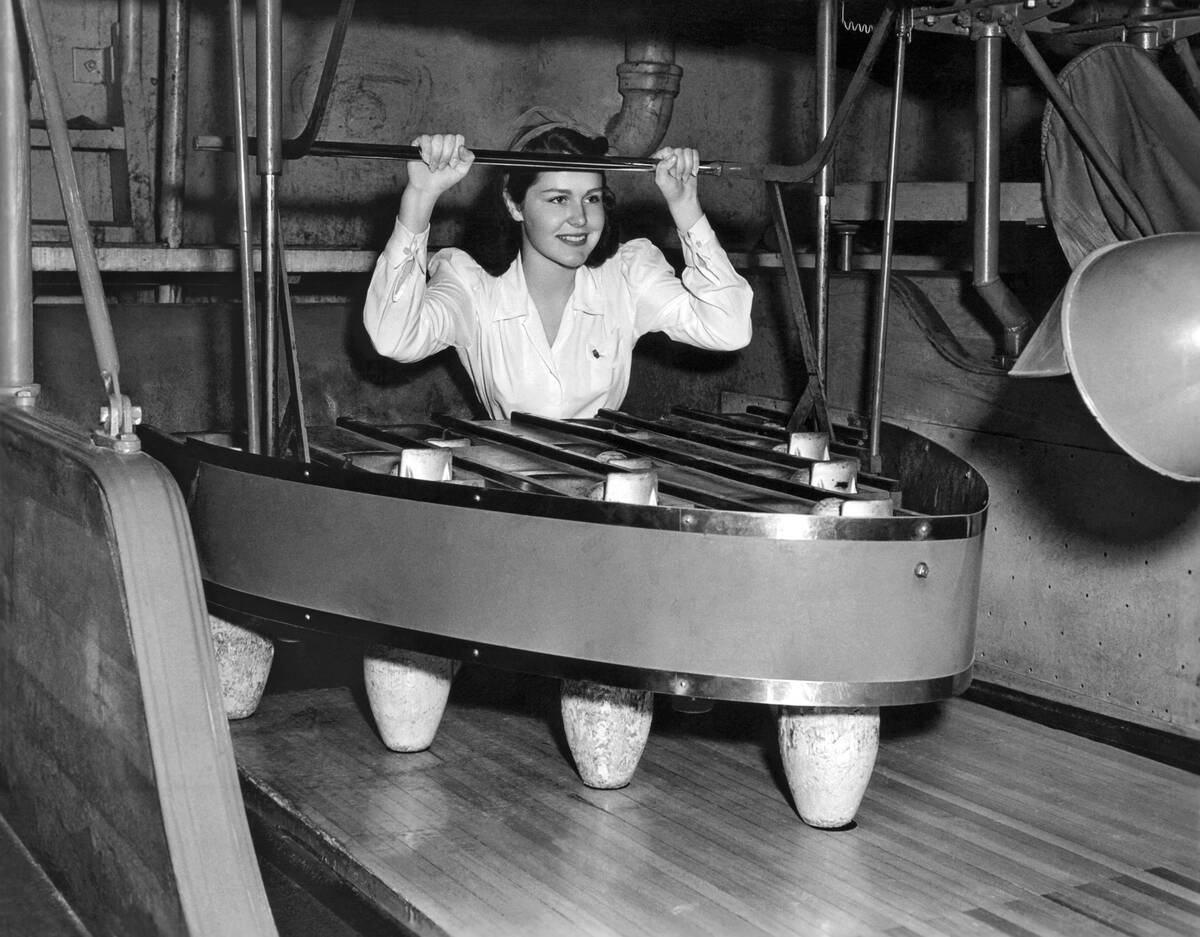
Before the advent of automatic pinsetters, young boys known as pinsetters manually reset bowling pins after each roll. This job was common in the early 20th century, often serving as a part-time job for teenagers. It required quick reflexes and agility, as they had to dodge rolling balls while setting up pins. The introduction of automatic pinsetters in the 1950s revolutionized the bowling industry, making the job of pinsetter obsolete, but it remains a nostalgic memory for bowling enthusiasts.
The Scribe: Documenting History Without Technology

Scribes were the record keepers of the ancient world, meticulously copying texts and documents by hand. They played a crucial role in preserving knowledge and culture before the invention of the printing press. Scribes were highly respected, often working in monasteries and royal courts. Their work required precision and skill, as a single mistake could alter a text’s meaning. With the advent of printing technology, the need for scribes diminished, yet their contribution to history remains invaluable.
Phrenologist
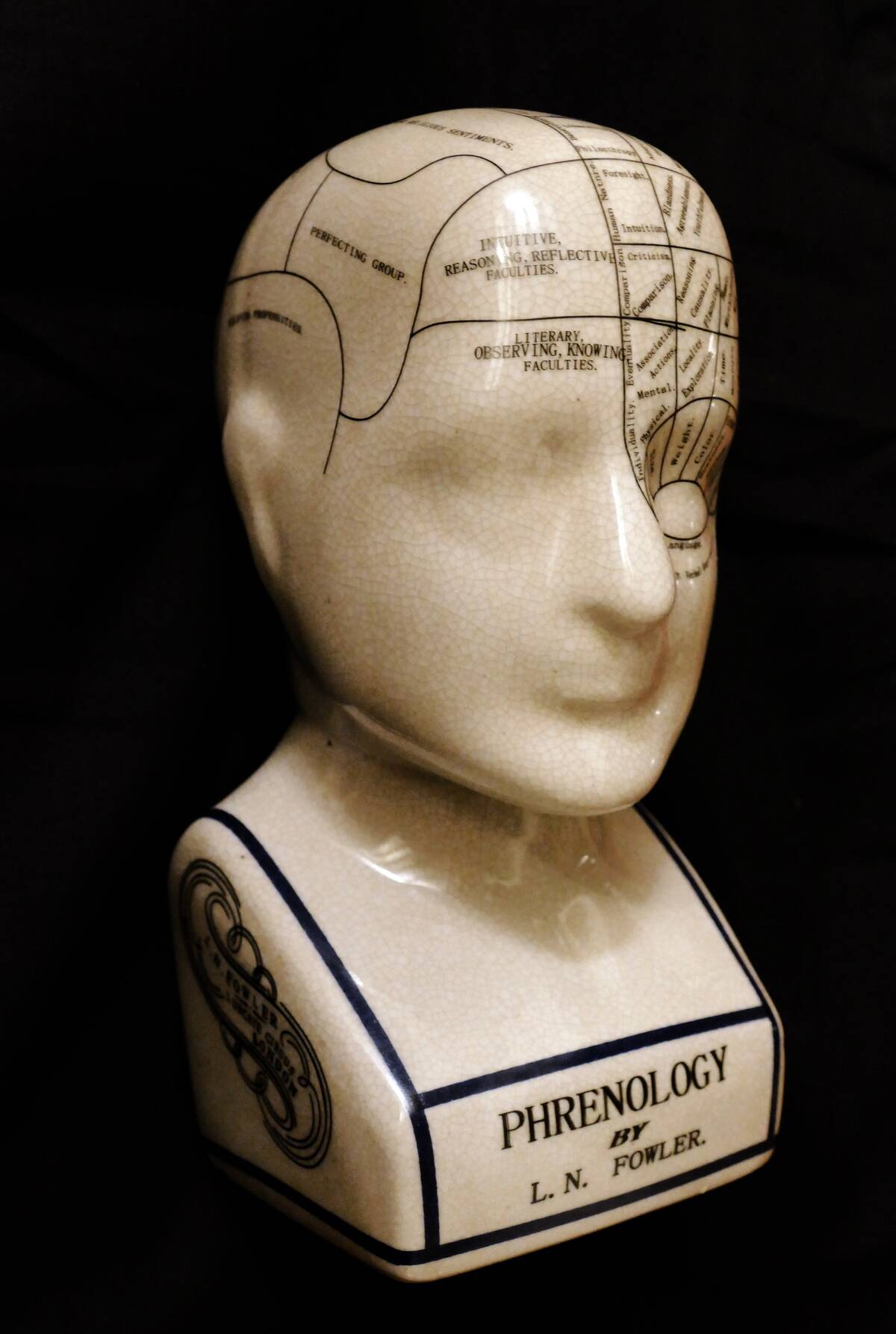
Phrenologists believed that a person’s character and mental abilities could be determined by the shape of their skull. This pseudoscience was popular in the 19th century, with practitioners offering readings and consultations. Though phrenology lacked scientific basis, it influenced early psychology and criminology. As scientific understanding of the brain advanced, phrenology was discredited. Today, it’s regarded as a curious footnote in the history of science, reminding us of the ever-evolving quest to understand the human mind.
Chimney Sweep
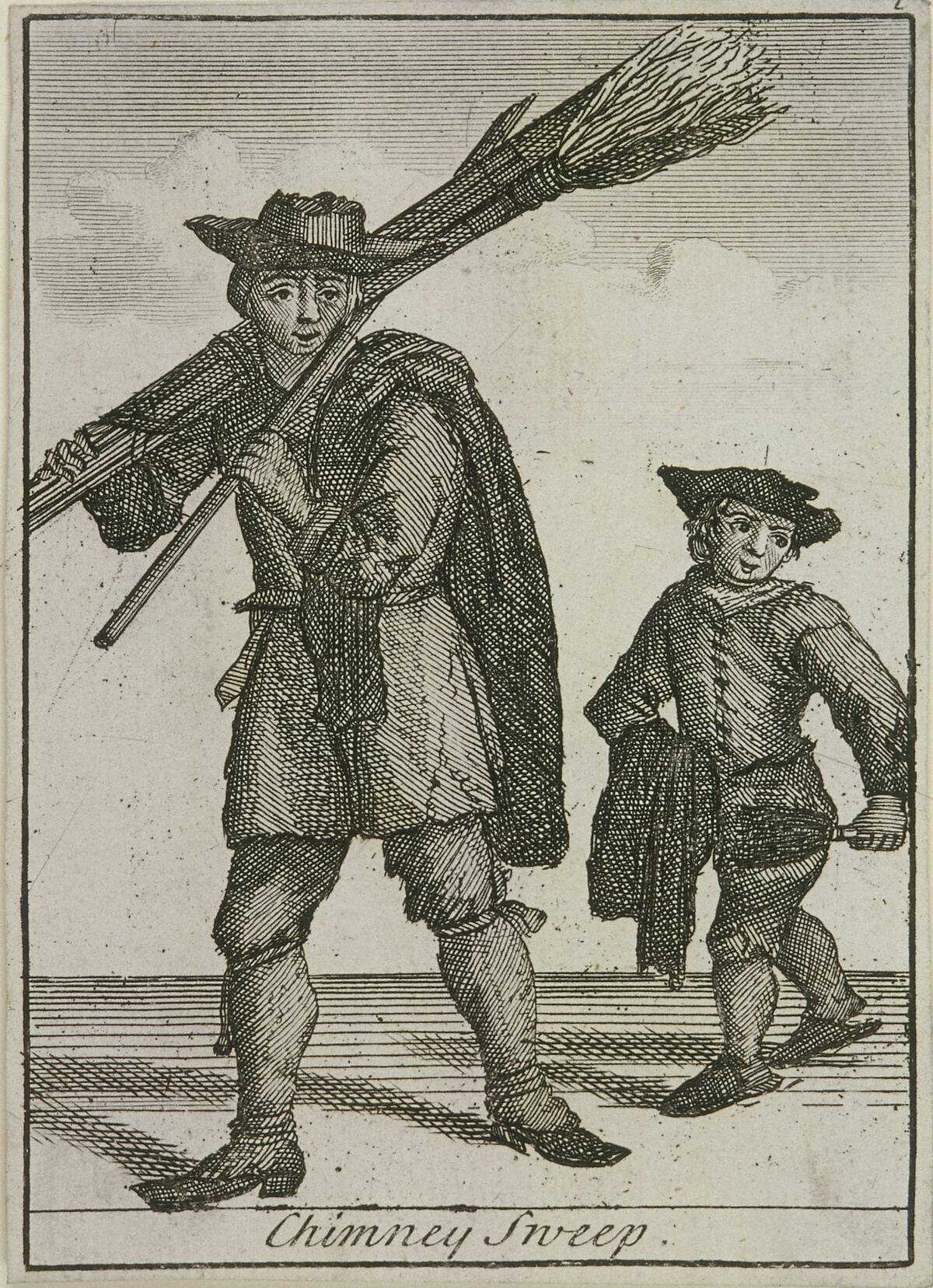
Chimney sweeps were responsible for cleaning soot from chimneys to prevent fires. In 19th-century England, this job often fell to small boys, who could easily fit into narrow flues. The work was dangerous and filthy, but necessary to ensure safe heating. The profession gained attention through literature, notably in Charles Dickens’ “Oliver Twist.” With modern heating systems and regulations, chimney sweeps are no longer as prevalent, yet their image remains iconic, immortalized in stories and folklore.
Typist
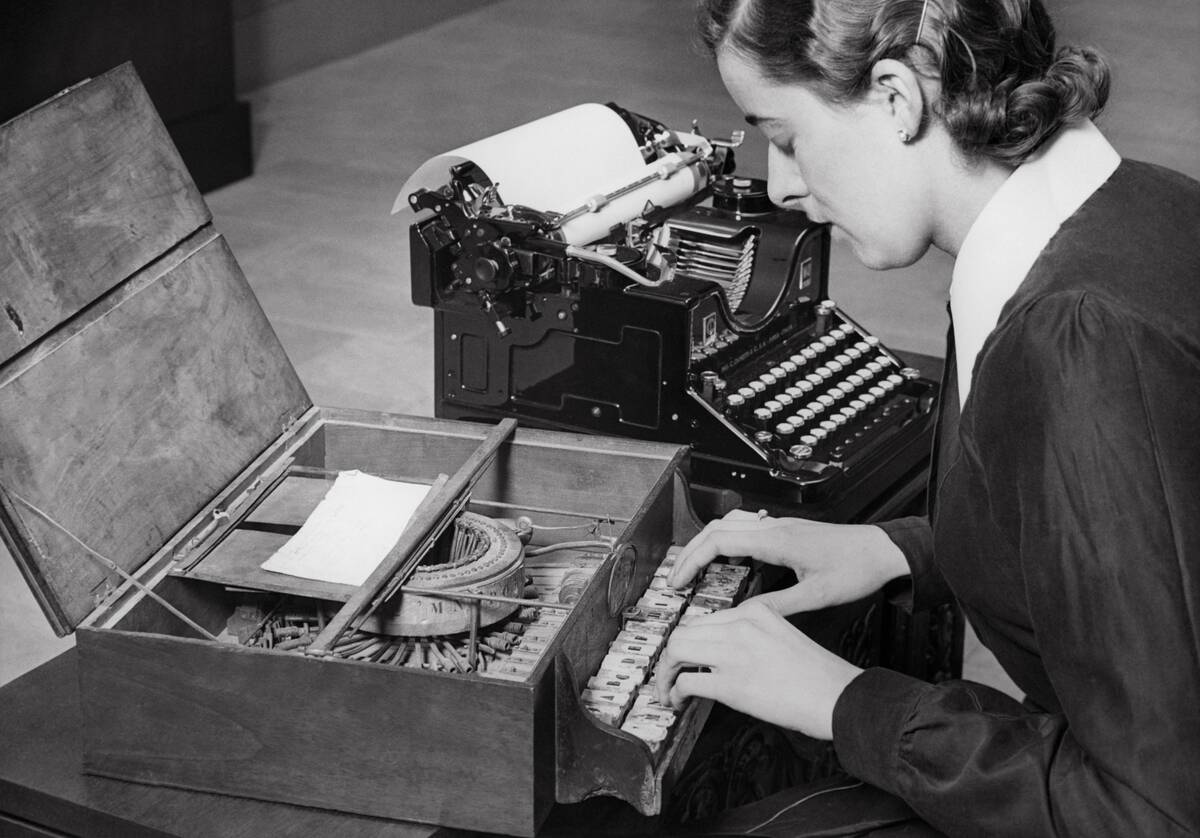
Typists were the backbone of office work in the early 20th century, transcribing letters and documents with speed and accuracy. They used typewriters, which required skill to operate efficiently. Typists were predominantly women, providing a gateway into the workforce during a time when opportunities were limited. With the advent of computers, the role of typist has evolved, but the essential skills of typing continue to be relevant in today’s digital age.
Switchboard Operator
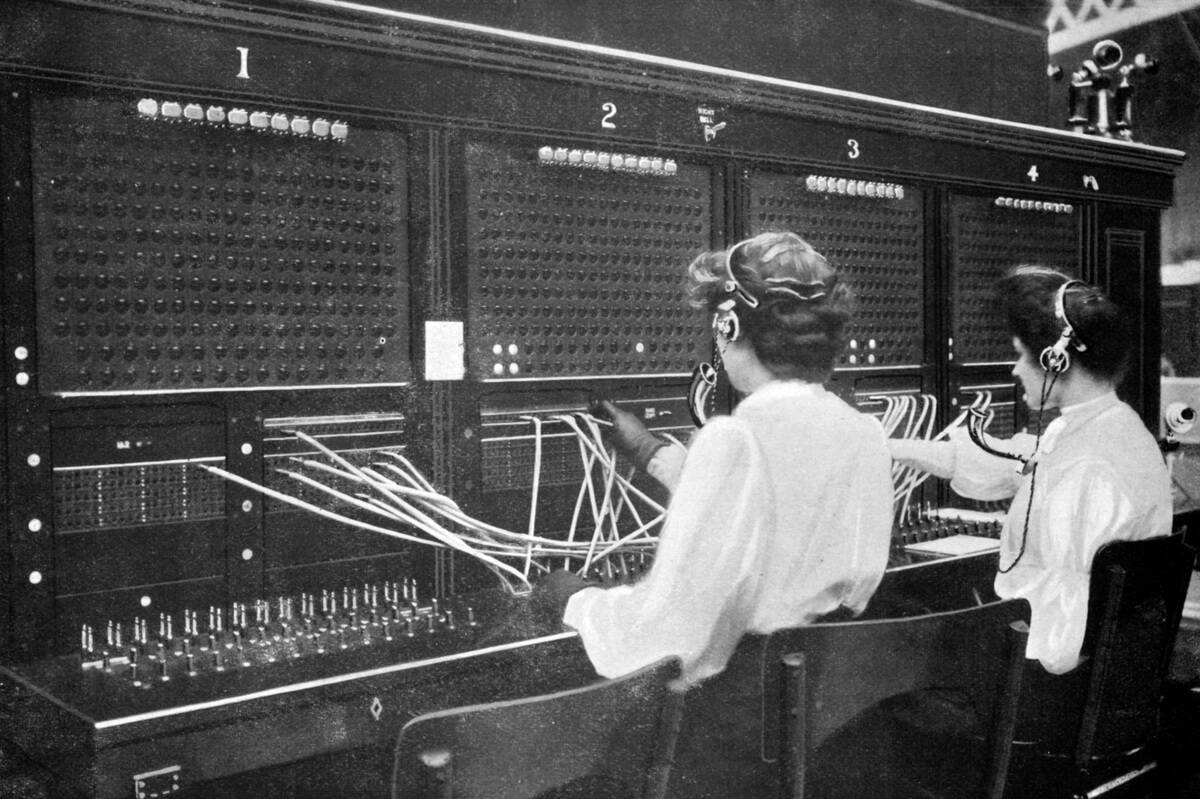
Switchboard operators were the lifeline of early telephone systems, connecting calls by manually plugging wires into a switchboard. These operators, often women, had to be quick and efficient, as they handled multiple calls simultaneously. The job required excellent communication skills and a good memory for phone numbers. As automatic exchanges were developed in the mid-20th century, the need for human operators diminished, leading to the decline of this once-vital occupation.
Telegraph Operator
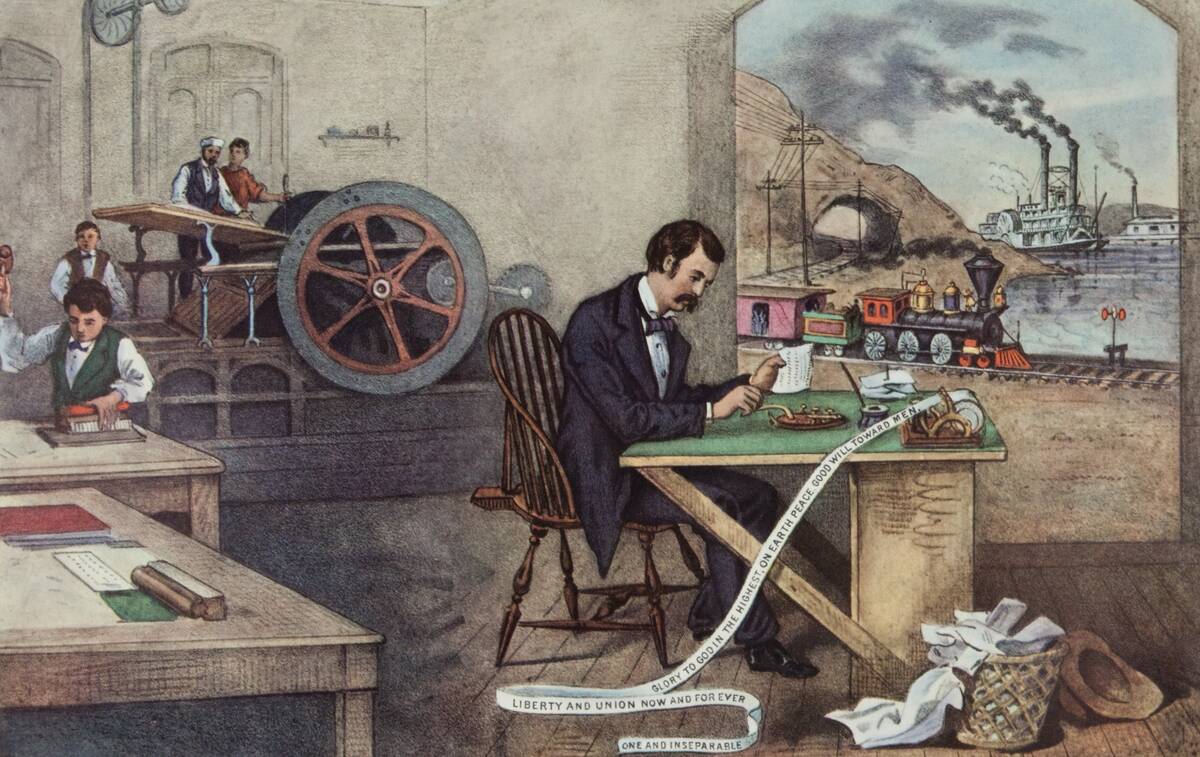
Telegraph operators were the communication pioneers of the 19th century, transmitting messages over long distances using Morse code. This role required excellent listening and decoding skills, as operators converted text into dots and dashes. The telegraph revolutionized communication, allowing information to travel faster than ever before. As telephone and internet technologies emerged, the need for telegraph operators diminished, yet their contribution to the development of global communication networks remains significant.
Elevator Operator
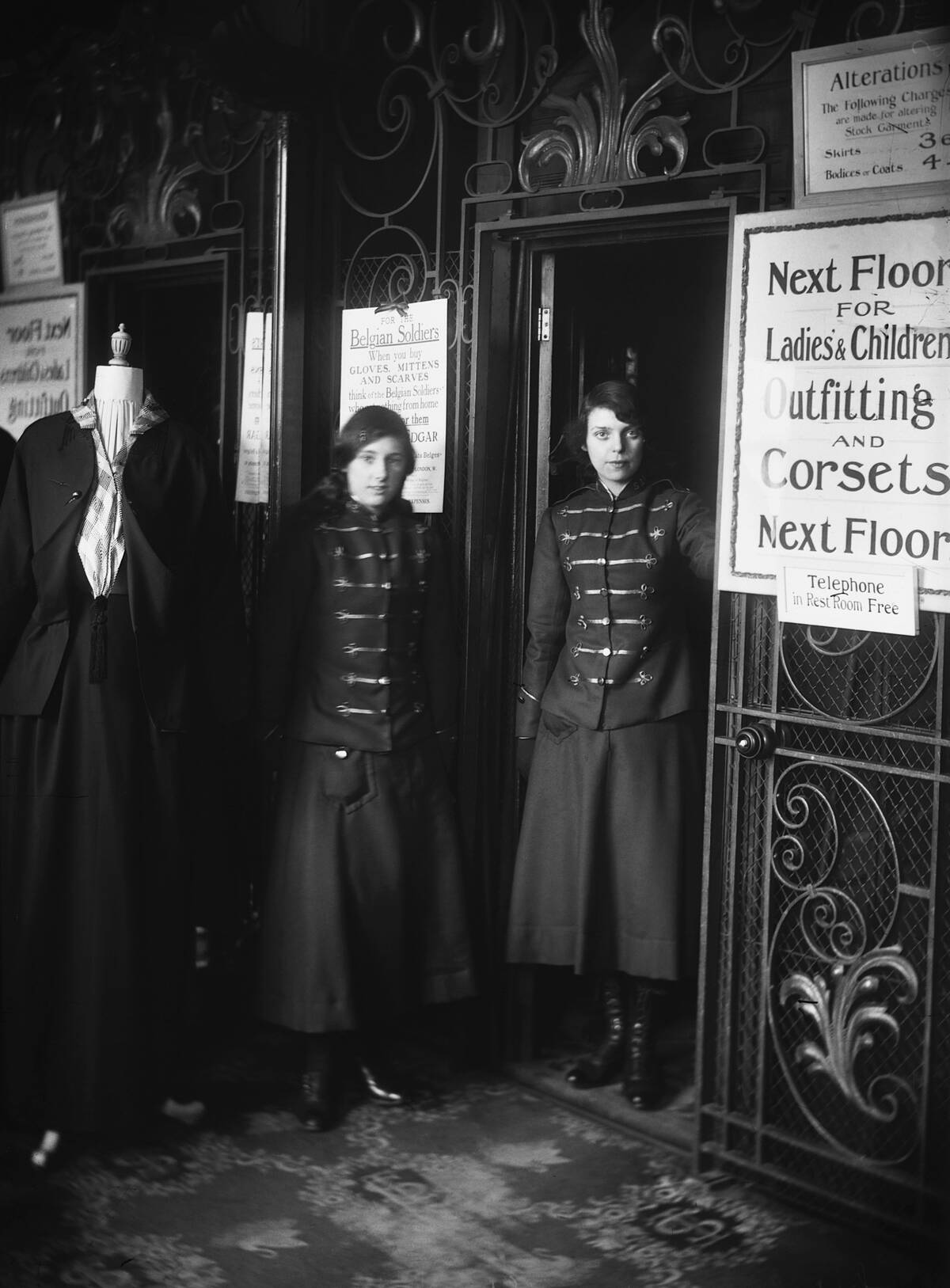
Elevator operators were once an essential part of navigating multi-story buildings. They manually controlled the elevator, ensuring passengers reached their desired floors safely. This job required good customer service skills and a keen sense of timing. As automatic elevators became the norm, the need for operators faded. However, in some historic buildings and hotels, elevator operators are still employed, offering a nostalgic touch and personal service to visitors.
Street Organ Grinder
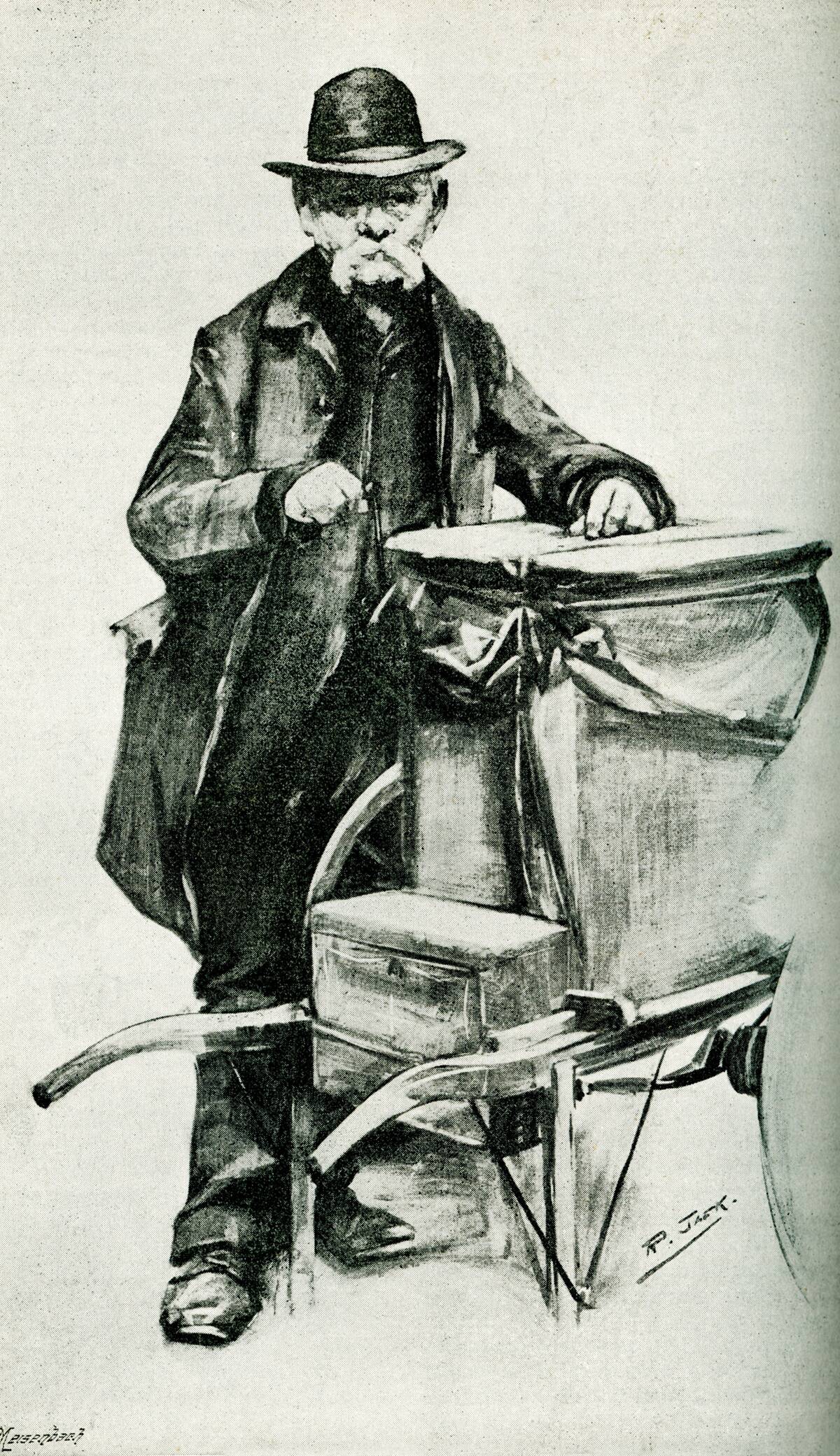
Street organ grinders were a common sight in the 19th and early 20th centuries, entertaining passersby with melodies from their barrel organs. Often accompanied by a monkey, they brought music to public spaces, relying on tips from appreciative audiences. This form of street entertainment was especially popular in Europe and America. As recorded music became more accessible, the presence of organ grinders dwindled. Today, they are remembered fondly in music history, symbolizing a bygone era of live, street-side entertainment.



